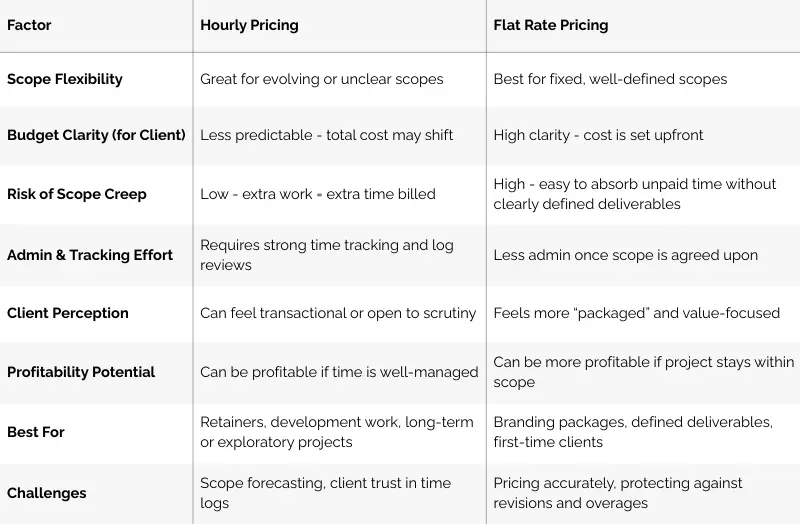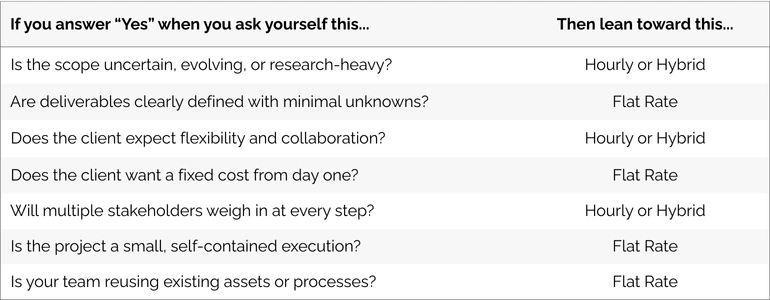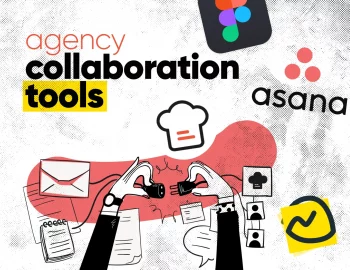When it comes to pricing, there’s no magic formula. Whether you’re setting hourly rate pricing or locking in a flat fee, the real question agencies wrestle with is: “Which model actually works best for us and our clients?”
If you’ve ever priced a project only to find it balloon way beyond your estimate or had a client nitpick every 15-minute time log, you’re not alone. Choosing between hourly pricing and flat fee isn’t just about numbers – it’s about strategy, trust, and how you position your agency. So let’s dive into it together and figure out what works, when, and why.
What does hourly pricing really mean in a creative agency setting?
The hourly pricing model means charging clients based on the actual time your team spends working. It sounds a bit plain, but for creative agencies, it can be a powerful tool, especially when project scopes are fluid, feedback loops are unpredictable, or the work itself is open-ended. Rather than boxing everything into a fixed fee, you’re giving yourself (and your client) room to adapt.
This model tends to work best when things are a little unclear at the start. For example, if you’re deep in discovery, building out a custom development feature, or offering ongoing support, hourly rates let you track effort without overpromising a final deliverable too soon.
- Transparent and flexible for both sides
- Ideal for evolving scopes and long-term work
- You’re compensated for all the hours spent working, not just the deliverables
- Clients may overanalyze hours logged
- Feels less value-based or strategic
- Harder to predict the total project cost upfront
Hourly rates are a strong fit for:
- Retainers, ongoing services, or flexible monthly agreements
- Development-heavy builds
- Strategy sessions, consulting, workshops, or audits
Implementation example:
Imagine a client hires your agency for a 3-month brand refresh, but their leadership team is still figuring out core messaging. Things shift weekly. In this case, hourly pricing keeps the process agile – you’re charging for discovery time, creative rounds, and feedback sessions as they happen. That means less risk for you, and a transparent billing process for them.
What’s a flat rate pricing model, and how does it fit in the picture?
Flat rate pricing means setting one fixed price for a project, regardless of the number of hours it takes to complete. It’s clean, predictable, and often easier to sell, especially to clients who want upfront clarity on budget. In creative agencies, it’s commonly used for projects with a clearly defined scope, where the deliverables are known and the path to get there is fairly straightforward.
What makes flat rates attractive is the simplicity. Clients know exactly what they’re paying. Your team knows what’s included. And when things go smoothly, it’s a win-win. But when the scope shifts or feedback grows legs? That’s when things can get messy.
- Predictable cost for clients (so it’s easier to sell)
- Encourages efficiency for your team
- Great for fixed-scope creative projects
- Risk of scope creep decreasing margins
- May underestimate the time spent if the project evolves
- It can be tough to price accurately without experience
Flat rates are ideal for:
- Projects with clear deliverables (logo design and landing pages, for example)
- Brand packages or one-off campaigns
- Clients who want budget certainty
Implementation example:
A local restaurant hires your agency to redesign its website. You offer a flat rate for the entire project – a full redesign, covering wireframes, design, development, mobile optimization, and menu integration; two rounds of revisions; SEO setup; and site launch.
Any other features or revisions outside the scope would be charged additionally. This way, the client gets a clear, upfront fixed pricing with defined deliverables, and your agency can predict its costs and profits and properly adjust its workflow.
In addition, I crafted this easy-to-understand table to summarize the main differences between the two pricing models:
When to choose hourly rate vs fixed price (or blend both)
Choosing between an hourly rate model and flat rate pricing isn’t about preference – it’s about fit. The properly chosen pricing model depends on the nature of the work, the type of client, and how much room your team needs to do their best thinking without burning time.
- Depending on the project type: Open-ended vs clearly-defined
If your project feels like a moving target, hourly pricing makes more sense. It gives your team the flexibility to adjust as the work evolves. But if your deliverables are locked and loaded, flat rate pricing creates clarity for everyone involved. - Depending on the client’s personality: Collaborator vs hands-off
Some clients want to be involved every step of the way. Others want you to handle it all, deliver the goods, and send the invoice.
Here’s the trick: collaborators (startups, internal brand teams, visionary founders) are a great fit for hourly pricing or hybrid models, where the process is more fluid, while hands-off clients (corporates, enterprise CMOs, procurement-led projects) often prefer flat rates for predictability and simplicity. - Red flags to watch out for:
- Flat rate pricing + unclear scope = danger zone. If the client says “We’ll figure it out as we go,” hourly is safer.
- Hourly pricing + budget-sensitive client = micromanagement risk. If they’re already asking how many hours the kickoff meeting takes, consider a fixed price or hybrid approach to ease concerns.
To make things even easier for you, I have prepared a quick decision tool to help you when wondering which pricing model fits your current project best.
You can use this internally to help define a project’s pricing model and align your sales and delivery teams.
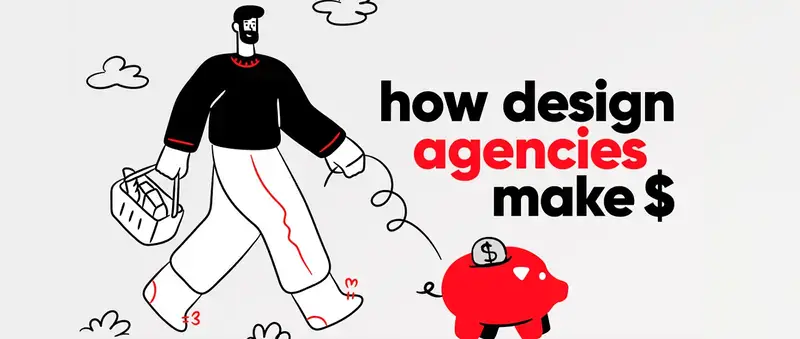
How pricing impacts client perception, retention & trust
Pricing shapes how clients view your value, their trust in you, and ultimately, their loyalty to your agency.
• Why transparency in pricing builds loyalty
When clients know what they’re paying for and why, it sets expectations and fosters trust. Pricing plainly your agency’s services helps eliminate misunderstandings and gives clients confidence that you’re not just about making a sale, but about delivering on promises.
• The psychology of value – clients don’t always want “cheap”, they want clarity
Most clients don’t seek the cheapest option – they want clarity on what’s included and what they’re getting for their money. Being transparent about your pricing model shows you value both your time and their investment, which strengthens the relationship.
By selecting the right pricing model, you not only manage expectations but also set the stage for quality work and timely delivery.
Building a hybrid pricing model that works
Sometimes, neither the hourly rate nor the flat rate tells the full story. That’s where the hybrid pricing strategy comes in – a flexible blend that provides structure and breathing room. It’s especially useful for creative projects with a clear starting line, but a not-so-clear finish.
The key here? Anchor the essentials in a fixed fee pricing, then layer in hourly pricing for anything that lives in the gray zone.
• The formula: Flat rate for core, hourly rate pricing for everything else
Use a flat fee for well-defined deliverables – strategy doc, visual identity, launch campaign, for example, and tack on hourly rates for things like extra revision rounds, post-launch support, additional deliverables added mid-project, stakeholder alignment sessions.
This model protects your margins while still offering flexibility. It also helps clients understand what’s included (and what’s not) before scope creep starts creeping.
• Bonus: Copy-paste proposal language
If you struggle to find the right words to describe this pricing model to clients, here’s some real-world phrasing you can steal:
“We approach this project using a hybrid pricing model to ensure clarity and flexibility. Core deliverables are covered under a fixed fee, while additional scope (including any out-of-scope feedback loops, rollout deliverables, or content revisions) will be billed hourly at $___/hr, with your prior approval. This model allows us to stay agile while protecting the timeline and budget.”
Bottom line
Choosing between flat rate and hourly rate pricing isn’t a one-in-a-lifetime decision. It’s about understanding the type of project, the client, and your agency’s needs. Each model has its strengths and weaknesses, but by knowing when and how to use them (or blend them), you’ll gain more control over your workflows, client expectations, and profit margins.
Here’s the final takeaway about these pricing structures:
- Hourly pricing is ideal for projects with flexibility, evolving scopes, or ongoing work. It gives your team the space to adapt and adjust.
- Flat rate pricing offers predictability for clearly defined projects, providing simplicity for both you and your client.
- Hybrid pricing combines the best of both worlds, protecting your time and margins while giving clients clarity on costs.
But what matters most isn’t the model itself – it’s the clarity you bring to the table, the confidence you have in your process, and the flexibility you build into your pricing. When your pricing supports your team and your clients, everyone wins – and that’s the kind of agency clients want to come back to.
Check out our other helpful articles if you wish to level up your knowledge even further:


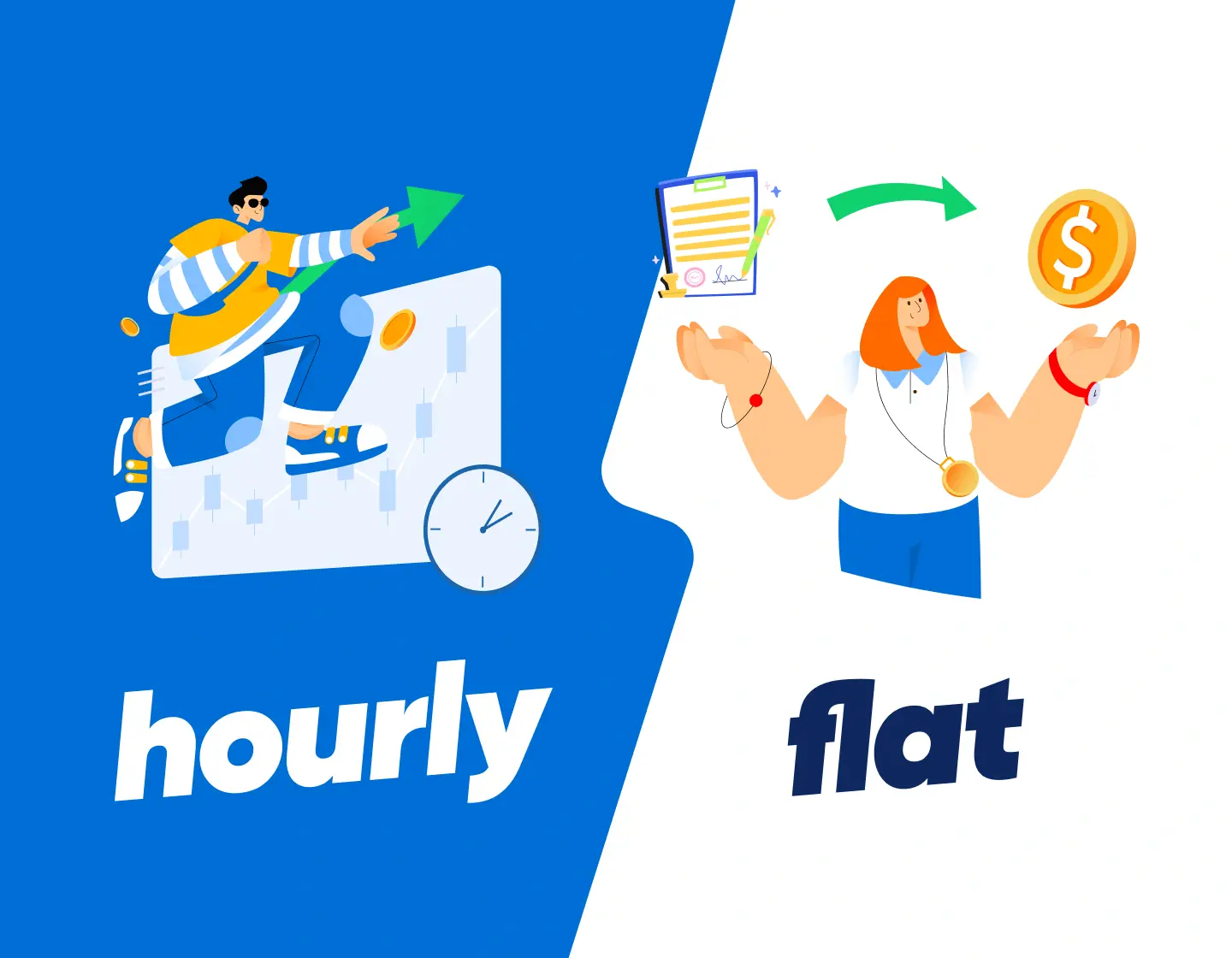


![How Much Does it Cost to Start a Design Agency? [+Tips Where to Save]](https://reallygooddesigns.com/wp-content/uploads/2025/04/cost_to_start_a_design_agency-193x150.webp)

